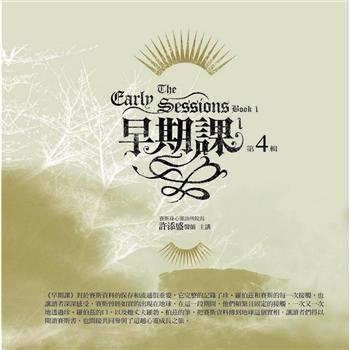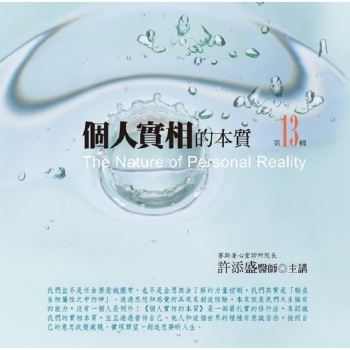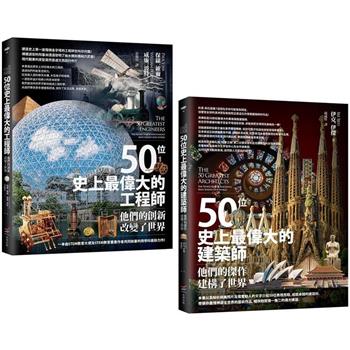This first comprehensive research guide and annotated bibliography of Paul Gauguin includes information on more than 1500 books and articles on the artist as well as a comprehensive chronology and list of exhibitions. The secondary bibliography is arranged by topics and includes citations on the artist’s life and career, his relationships with contemporary artists in France, including Vincent van Gogh, his life and work in Panama, Martinique, Tahiti, and the Marquesas Islands, his oeuvre in general and in various media, self-portraits, iconography, and more.
The French artist Paul Gauguin continues to be a larger-than-life figure whose mystique exerts its spell on popular, critical, and scholarly minds. Consequently, the available literature on the artist is copious and marked by diversity of opinion on every aspect of his life and work. From the first book-length biography of Gauguin written by Louis Brouillon in 1906, interest in Gauguin has continued unabated and, since 1959, critical interest in the artist’s drawings, prints, sculptures, and art works in other media has dramatically increased. Russell T. Clement has compiled the first comprehensive research guide and annotated bibliography on Gauguin. This volume encompasses primary materials by Gauguin including those published during the artist’s lifetime and those published posthumously; contemporary accounts and criticism of Gauguin’s life and work published through 1906; descriptions of the artist’s oeuvre; a lengthy secondary bibliography; and a section that catalogs exhibitions of Gauguin’s work between 1884 and 1989. While concentrating on printed materials, this guide also includes selected manuscripts--in all, more than 1500 books and articles are cited. For entries where titles give incomplete or unclear information about works and their content, the author provides brief annotations. Following a biographical sketch and chronology, the primary bibliography lists articles, essays, letters, manuscripts, and sketch books of Gauguin and then accounts and critiques of Gauguin’s life and work published through 1906. The main part of the bibliography and research guide, the secondary bibliography, lists monographs, catalogues, dissertations, theses, periodical literature, films, sound recordings and musical scores, and selected newspaper articles. Substantial book reviews and exhibition reviews are also included. Arranged by topic, the secondary bibliography also includes citations on Gauguin’s relationships with contemporary artists in France, his work in Panama and Martinique, his work and life in Tahiti and the Marquesas Islands, and his oeuvre in general. Not just a list of sources but a complete research guide, this volume deserves a place in every research library collection.| FindBook |
有 1 項符合
Paul Gauguin: A Bio-Bibliography的圖書 |
 |
Paul Gauguin: A Bio-Bibliography 作者:Clement 出版社:Greenwood 出版日期:1991-07-30 語言:英文 規格:精裝 / 352頁 / 23.4 x 15.5 x 2 cm / 普通級/ 初版 |
| 圖書館借閱 |
| 國家圖書館 | 全國圖書書目資訊網 | 國立公共資訊圖書館 | 電子書服務平台 | MetaCat 跨館整合查詢 |
| 臺北市立圖書館 | 新北市立圖書館 | 基隆市公共圖書館 | 桃園市立圖書館 | 新竹縣公共圖書館 |
| 苗栗縣立圖書館 | 臺中市立圖書館 | 彰化縣公共圖書館 | 南投縣文化局 | 雲林縣公共圖書館 |
| 嘉義縣圖書館 | 臺南市立圖書館 | 高雄市立圖書館 | 屏東縣公共圖書館 | 宜蘭縣公共圖書館 |
| 花蓮縣文化局 | 臺東縣文化處 |
|
|
圖書介紹 - 資料來源:博客來 評分:
圖書名稱:Paul Gauguin: A Bio-Bibliography
內容簡介
作者簡介
RUSSELL T. CLEMENT is Fine Arts Librarian at the Harold B. Lee Library, Brigham Young University. His previous books include Who’s Who in Oceania, 1980-81 and Mormons in the Pacific: A Bibliography. His articles have appeared in the Journal of American Folklore, The Hawaiian Journal of History, Library Journal, and others. He is currently compiling a 15-year index to Pacific Studies and an exhibition catalogue on Columbus and voyages of discovery.
|











